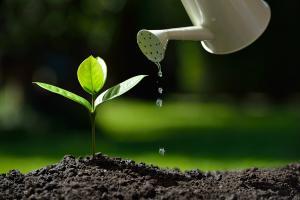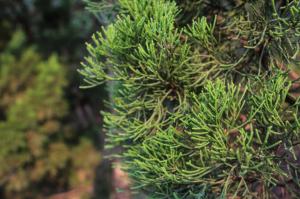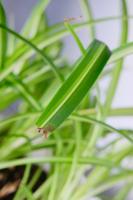Why Tomato Plant Leaves Are Turning Yellow
Tomato plants are a popular choice for home gardeners due to their ease of cultivation and delicious flavor. However, sometimes these plants can encounter problems, such as yellowing leaves. Yellowing leaves can indicate a number of different issues and can be a sign that your tomato plant is in distress. In this article, we’ll explore the various reasons why tomato plant leaves are turning yellow, and what you can do to prevent it.
Poor Nutrition
The most common cause of yellowing leaves on tomato plants is poor nutrition. Tomatoes require a balanced diet of nitrogen, phosphorus, and potassium to thrive. If any of these nutrients are in short supply, the leaves can start to turn yellow. This is particularly true of nitrogen, which is essential for plant growth and chlorophyll production. If the soil lacks nitrogen, the leaves will start to yellow, starting from the bottom up.
The solution to this problem is to fertilize your tomato plants with a balanced fertilizer that contains all three of these nutrients. You can also add organic matter to your soil to help improve its nutrient content. Be sure to follow the instructions on your fertilizer carefully, as too much can be just as harmful as too little.
Disease
Yellowing leaves can also be a sign of disease. A common disease that affects tomatoes is verticillium wilt. This disease is caused by a fungus that infects the roots of tomato plants, causing yellowing of the leaves, stunted growth, and eventually plant death. If you suspect that your plants are infected with verticillium wilt, remove and destroy the infected plants immediately to prevent the spread of the disease. It’s also a good idea to rotate your crops to prevent the fungus from taking hold in the soil.
Pests
Tomatoes are susceptible to a number of pests, including whiteflies, aphids, and spider mites. These pests can suck nutrients and sap from the leaves of your tomato plants, causing them to turn yellow. Pests can also transmit diseases, causing further damage to your plants.
To prevent pest infestations, monitor your plants regularly for signs of damage or infestation. If you notice anything suspicious, take action immediately by removing and disposing of affected leaves or plants. It’s also important to keep an eye on neighboring plants, as pests can easily spread from one plant to another.
Over or Under-Watering
Watering your tomato plants is important, but too much or too little water can cause problems. Over-watering can lead to root rot, which can cause the leaves to turn yellow and the plant to wilt. On the other hand, under-watering can cause the plant to dry out, leading to similar symptoms.
To prevent over or under-watering, it’s important to monitor the moisture level of your soil carefully. Water your plants deeply once a week, or more often in hot or dry weather. Be sure to water only when the soil feels dry to the touch, and avoid wetting the leaves to prevent the spread of disease.
Conclusion
Yellowing leaves on tomato plants can be a sign of a variety of problems, including poor nutrition, disease, pests, and over or under-watering. By carefully monitoring your plants and providing them with the proper care, you can prevent many of these issues from occurring. If you are unsure of the cause of your tomato plant’s yellowing leaves, consult a gardening expert for advice on how to proceed.

 how many times do yo...
how many times do yo... how many planted tre...
how many planted tre... how many pine trees ...
how many pine trees ... how many pecan trees...
how many pecan trees... how many plants comp...
how many plants comp... how many plants can ...
how many plants can ... how many plants and ...
how many plants and ... how many pepper plan...
how many pepper plan...































